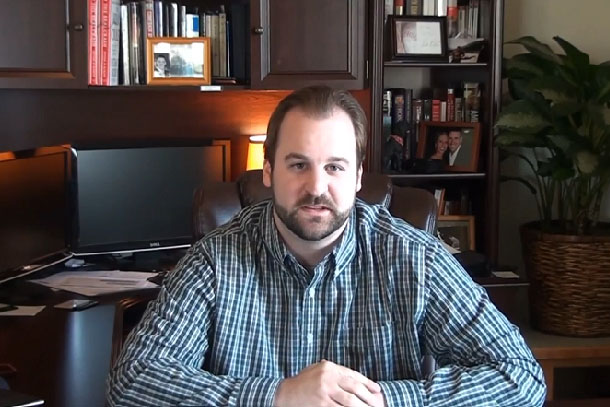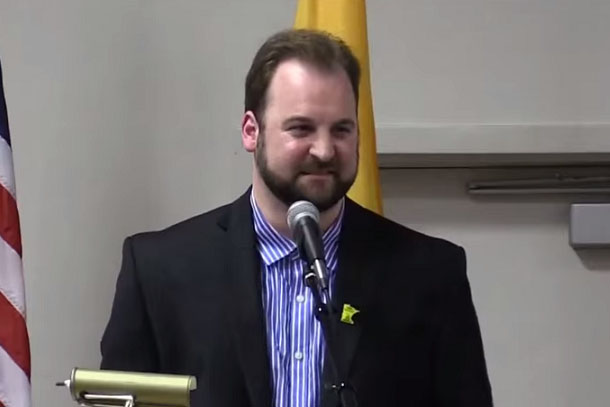About Me
Dave specializes on topics related to the United States Constitution, founding principles, and American history...

Dave specializes on topics related to the United States Constitution, founding principles, and American history...

Enter my online shop to purchase all of my published works, including Thomas Paine: A Lifetime of Radicalism...

Dave contributes to the Tenth Amendment Center, Mises Institute, and makes many podcast appearances...
By the Constitution, most Americans think of the existing document, which is actually the second constitution of the United States. Even though it receives little attention today, the Articles of Confederation was the first.
Much acclaim is given to the Continental Congress, which was populated by many eminent figures of the founding era. However, the body was unprecedented, extralegal, and virtually powerless.
In 1787, a series of long-lasting territorial disputes between states culminated in a new set of guidelines for a vast swath of North American land. In the process, the debates over the Northwest Territory brought slavery to the forefront of national political discussion for the first time.
In 1786, a group of veterans from the War for Independence challenged the republican government of Massachusetts over harsh taxation and the lack of debt relief. To many, Shays’ Rebellion necessitated the grant of additional power to Congress…but did it really?
In 1793, a controversial Supreme Court opinion convinced Congress to amend the Constitution to provide a more explicit safeguard for federalism. Indeed, even Federalists considered the majority opinion in Chisholm v. Georgia as an overt example of overreach by the federal judiciary.
In 1790, Secretary of the Treasury Alexander Hamilton proposed assuming the outstanding state debts in order to create an overarching national debt. When he did so, uproar ensued. But why was this such a controversial subject, and how did it bring the United States Capitol to Washington, DC?